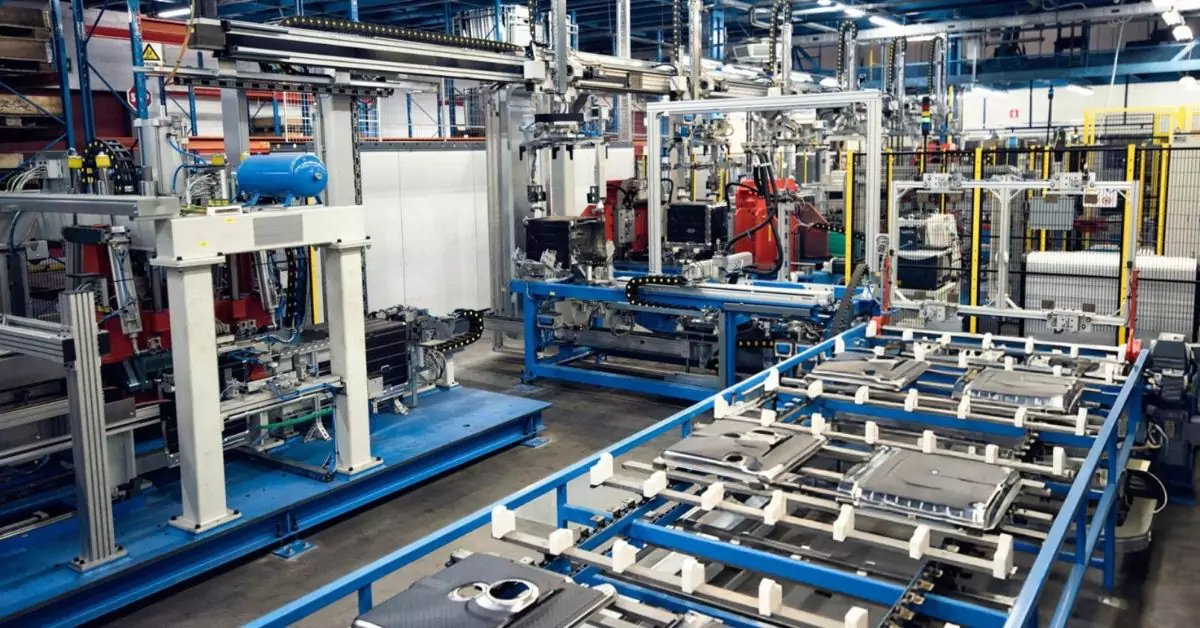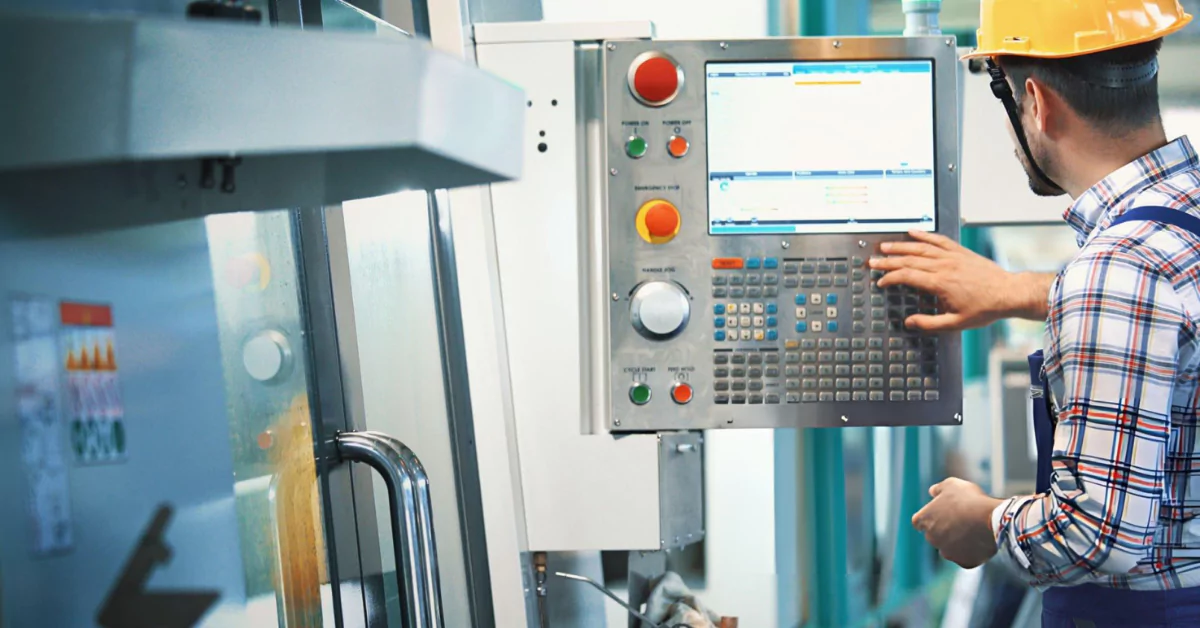Boost Productivity in Your Manufacturing Process Efficiently
Improving the efficiency of the Manufacturing Process is crucial to remain competitive in the rapidly changing market. No matter if you’re in an individual operation or a big manufacturing company, optimizing procedures can result in greater productivity, less cost, as well as improved quality of the product. In this post we’ll look at practical ways to increase productivity and improve your manufacturing processes.
How to Increase Productivity in Your Manufacturing Process
Understanding Manufacturing Processes
Before you dive into tips for productivity first, you must understand what manufacturing actually means. Manufacturing is the term used to describe the manufacturing of products using labour machines, tools, and machinery. Manufacturing is the Manufacturing Process converts raw materials into final products. The effectiveness of the procedure determines the speed at which and efficiently a business can satisfy the demands of customers.
Key Terms You Should Know
- Manufacturing: This is the process that involves changing raw materials into final items.
- Define Manufacturer: A company or company that is responsible for the manufacture of products.
- Manufacturing Meaning:: The act of making items on a huge size, usually at factories.
- Manufacture Meaning: To make or create something with the help of machinery.
The understanding of these terms aids in facilitating interactions within the field and provides clarity for decision-making.
Strategies to Boost Productivity in Manufacturing
Optimize Your Production Process
The Production Process is the mainstay of all manufacturing industries. In determining inefficiencies, companies are able to improve their productivity in a variety of methods. A good way to do this is by analyzing the Types of Production that are used in your factory. For example, batch production could be suited to certain industries more well than continuous production.
Here are a few steps you can take to help you optimize your production:
- Automate repetitive tasks: Automation is the key for speeding up processes. Machinery and robots are able to perform tasks that require humans longer to finish.
- Implement Lean Manufacturing: Lean methods focus on reducing waste, decreasing downtime and streamlining process. The practice is commonly used by process industries for efficiency improvement.
- Enhance Workflow: Modifying the factory layout or assembly line could greatly increase efficiency. Make sure that your workflow is efficient and minimizes the needless movements, delays or bottlenecks.
Reduce Downtime
The ability to minimize downtime is essential for ensure high efficiency in the manufacturing industries. Regular maintenance schedules and sudden breakdowns in machines could cause expensive delay. In order to avoid this, adopt the following methods:
- Preventive Maintenance: regular checks of equipment and prompt repairs are a great way to avoid failures and provide smoother operation.
- Real-Time Monitoring: The installation of sensors and other monitoring tools lets manufacturers identify issues prior to them becoming more serious and reduce downtime for machines.
- Training Employees in Cross-Training: In the event that employees have been trained for various roles, they may assist when their colleague is unavailable, thus ensuring production is uninterrupted.
The Role of Technology in Manufacturing Efficiency
Invest in Advanced Manufacturing Technology
Technology transforms technology is revolutionizing the Manufacturing Process and is providing innovative methods to improve production efficiency and productivity. As an example, Industry 4.0 technologies, like IoT (Internet of Things) and AI (Artificial Intelligence) can help companies to monitor their operations in real time and predict failures of equipment and help automate the process of making decisions.
Benefits of Technology for Manufacturers
- Improved Accuracy: Modern technology is able to lower the chance of human error on the production line.
- real-time data analysis: IoT devices offer immediate insights into the production data which allows manufacturers to make more informed choices.
- Better Resource Management: AI is able to forecast requirements for resources, which ensures the prompt supply of the materials, as well as avoiding delays in production.
Types of Production and How They Affect Efficiency
Understand Different Types of Production
Manufacturing is a variety of production, each one suited to different requirements. Knowing what types of production best suit your processes will help you improve your the efficiency.
- Batch Production: Making products in smaller batches to fulfill custom orders, or for limited editions.
- Mass production: Massive production in the form of similar items. This method is ideal when products are in high demand.
- Continuous Production: Continuous production process that is perfect for businesses such as gas, oil and chemicals.
Choosing the Right Production Type
The selection of the best type of production to suit your company is crucial to ensure efficiency while meeting expectations of your customers. For example the batch type of production is better suited to customizing products, while mass production can be able to benefit by economies of size.
Best Practices for Manufacturing Success
Employee Training and Development
The skilled workforce is the foundation of every profitable manufacturing industry. Training for employees is essential to increase productivity, ensure security, as well as fostering creativity. If employees understand the manufacture meaning and understand how the production procedure works, they will be able to be more effective in helping to achieve your company’s objectives.
- In-continuous Education: Implement training programs to ensure your staff is kept up-to-date regarding the most current methods, tools, and safe methods.
- Engagement of Employees: Encourage workers to offer feedback about ways to improve workflow, as well as encourage innovative ideas.
Monitor and Adjust
Monitoring your productivity indicators is vital. If it’s tracking output, cycle time, or the performance of employees, gathering data helps manufacturers adjust the processes at a moment’s notice. Through the analysis of performance data, you’re able to take informed choices regarding how you can further improve your manufacturing process.
Conclusion
The process of increasing productivity in manufacturing doesn’t mean just working harder, but about being smarter. Through improving your production process and leveraging the latest technology as well as ensuring a competent workforce, you can increase productivity and decrease downtime within your manufacturing processes. Keep in mind that continual improvements and adaptation to changing techniques are essential for staying ahead of the curve in manufacturing industries. As a leading foundation bolt manufacturer and anchor bolt supplier, we specialize in providing high-quality products designed to meet the rigorous demands of various construction projects. Our extensive range includes durable light pole foundation bolts that ensure stability and safety for urban lighting systems.



